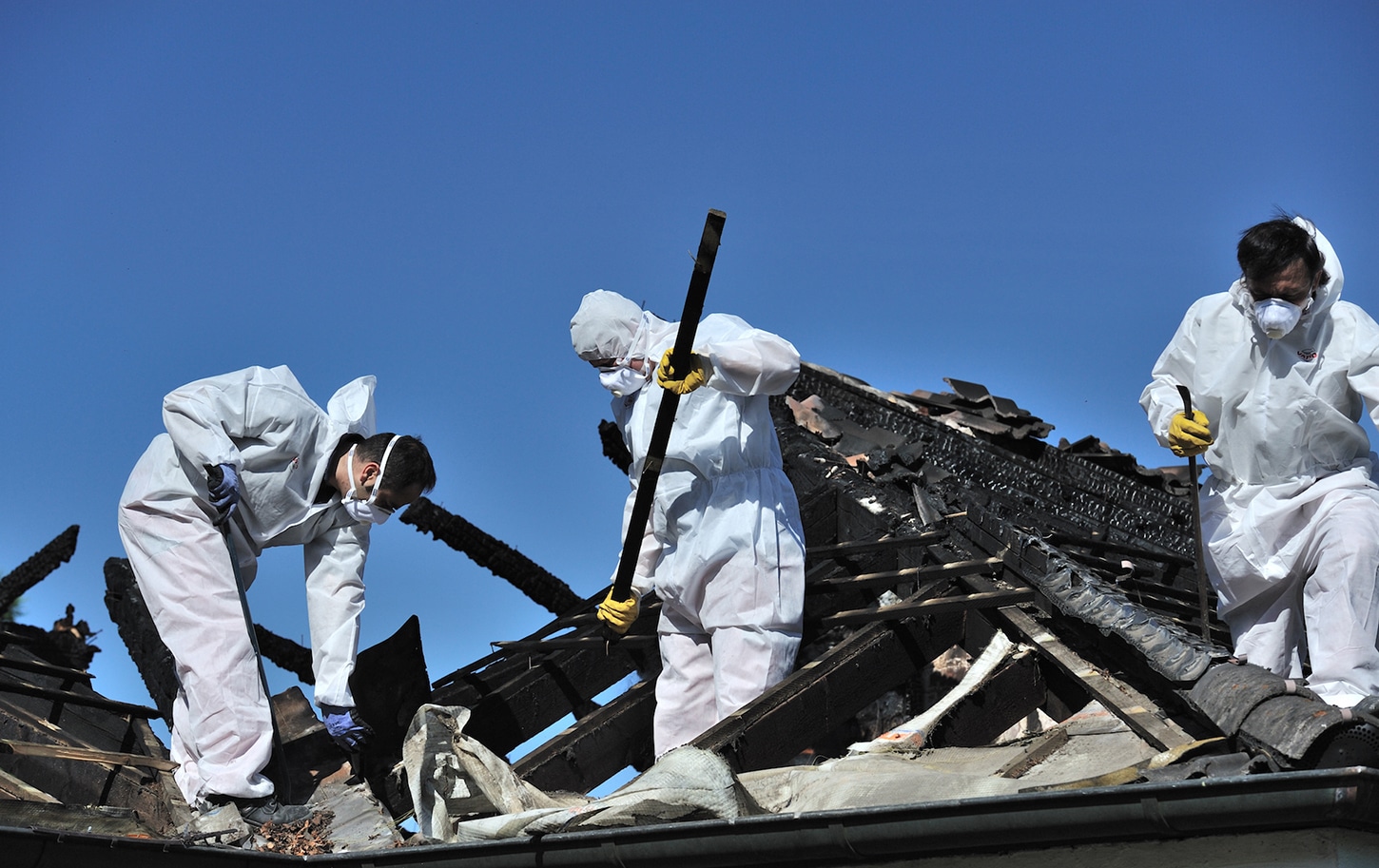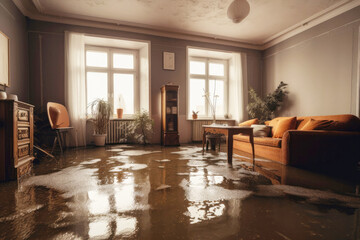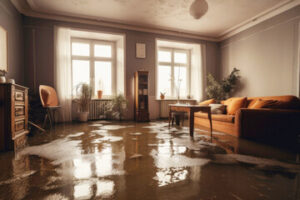Restore Draper is an energy recovery and wellness studio specializing in science-backed solutions. We offer whole-body Cryotherapy, Infrared Sauna, IV Drip Therapy, Intramuscular (IM) Shots, Mild Hyperbaric Oxygen Therapy, NAD+ IV Infusions and Diagnostic Biomarker Tests. With a nationwide footprint of over 210+ studios, Restore is the leader in using cutting-edge wellness technology to fight the wear and tear of life and leave you feeling energized.
Cold therapy isn’t something new—in fact, people have been using it for centuries. From plunging into icy lakes to dipping an ice cube in your tummy, many methods use the chilly stuff to help ease pain, reduce inflammation, and boost energy. The more extreme versions involve exposing the body to subzero temperatures, often for up to two or four minutes. These “cryotherapies” include whole-body cryotherapy (WBC), which involves stepping into a chamber that chills the air around you, and localized and partial-body cryotherapy treatments. You may have spotted fitness pros or enthusiasts posting about these trends on TikTok, Instagram, and other platforms, boasting their muscle-recovery benefits.

Regardless of how it’s administered, all this cold therapy isn’t risk-free. For example, putting an ice cube on the skin can damage the tissue. And if you do it too long, you could experience frostbite and hypothermia.
But what about the more elaborate cryotherapies you see offered at spas, wellness centers, and even some gyms? These involve exposing the body to subzero temperatures, reaching -200 degrees Fahrenheit. You’re also likely to be naked while you’re getting the treatment, which can cost anywhere from $75 to $200 per session.
The premise behind these procedures is that the low temperature triggers the release of endorphins, which help relieve pain and improve mood. The FDA notes that WBC can also aid in reducing chronic pain, fibromyalgia, insomnia, depression, and rheumatoid arthritis.
However, the research on these claims needs improvement and further validation. Plus other ways to lower inflammation include eating a healthy diet, cutting back on sugar and alcohol, and doing regular exercise.
Still, proponents claim that cryotherapy can bolster the immune system, fight against depression and anxiety, promote weight loss, alleviate chronic pain, and support workout recovery. Just make sure you’re doing the procedure under a qualified practitioner.
Unlike traditional saunas that use heat to raise the air temperature inside the sauna room and then you, infrared saunas use infrared waves to heat your body directly. This allows you to sweat more and tolerate longer sauna sessions with more therapeutic benefits. It also means you won’t need to worry about dehydration, heat exhaustion, or other health risks associated with a high-temperature environment.
Infrared sauna therapy provides many health benefits, including pain relief. It increases blood circulation, which helps reduce muscle and joint inflammation. This is especially helpful for those with rheumatic conditions such as ankylosing spondylitis and rheumatoid arthritis, which can cause stiff and sore muscles. Infrared saunas have also improved sleep, boosted immunity, and reduced stress levels.
Another benefit of infrared saunas is that they help slow aging by increasing blood flow and cell repair. This can reduce the appearance of cellulite, heal open wounds and burns, and speed up healing times. Moreover, infrared sauna therapy can improve cardiovascular and circulatory health, as well as alleviate chronic headaches, fibromyalgia, and depression.
One of the best things about infrared saunas is that they have been shown to relieve chronic pain without the negative side effects of some pain medications. For example, a study out of the Netherlands found that people who have rheumatoid arthritis and ankylosing spondylitis experienced less pain and fatigue after four weeks of infrared sauna therapy than they did before. This is likely because infrared sauna therapy decreases inflammation levels in the body, which makes movement less painful.
Infrared saunas like the Clearlight sauna are also known for their ability to boost detoxification. Our skin is a major elimination channel, but it can become congested and overwhelmed due to environmental pollution and toxic emotions such as fear and anger. Infrared saunas gently restore the skin’s role as an eliminative channel and can help you detoxify your system by eliminating toxins through your sweat. This can improve bowel function and reduce acne, psoriasis, and other inflammatory conditions.
Hyperbaric oxygen therapy involves breathing 100% pure oxygen in a pressurized chamber. It can be used as a primary treatment or an adjunctive therapy in combination with surgery or antibiotics. It’s well known to treat scuba divers who develop compressed air sickness, but it can also be used to treat other conditions, including carbon monoxide poisoning and nonhealing wounds.
During hyperbaric oxygen therapy, you lie down on a table inside a clear plastic chamber that is designed for one person. You can read or watch TV and move around, but you’ll be wearing a mask or hood that fits over your mouth and nose. An attendant is with you throughout the session, monitoring you and answering any questions. After a certain amount of time, the attendant will remove the hood or mask and check your ears for signs of infection. They will also take your blood pressure and pulse; if you have diabetes, they will check your blood glucose levels. You can dress and leave the chamber once they’ve determined you’re ready.
The benefits of HBOT are primarily due to the body’s increased cellular respiration and vascular circulation. The increased oxygen allows for the delivery of more nutrients to damaged tissues, which can promote healing. In addition, hyperbaric oxygen therapy can help the body fight infection and reduce swelling.
Research has shown that hyperbaric oxygen therapy can help stimulate various biological pathways, including the inflammatory, angiogenic, and wound-healing cascades. It can also improve tissue permeability and increase nitric oxide, a vasodilator that increases blood flow to the brain and extremities.
Hyperbaric oxygen therapy can benefit many conditions and diseases. Still, it’s important to find a qualified practitioner who has received special training in the procedure from the Undersea and Hyperbaric Medical Society. This helps to ensure that you’re receiving the best treatment possible. In addition, HBOT can be expensive, so it’s important to check with your insurance provider to see if it is covered under your plan. It’s common for patients to require multiple sessions, so it’s a good idea to talk with your doctor about scheduling appointments at regular intervals.
IV therapy directly delivers essential fluids, vitamins, minerals, and medication into the bloodstream to treat various health conditions. It is especially beneficial for people with dehydration, illness, chronic health problems, or who need an energy boost. This treatment can also improve sleep, enhance immune system function, boost athletic performance, and combat the effects of stress and anxiety.
During IV therapy, healthcare professionals will sanitize a section of the arm and insert a needle into the vein. They may use an ultrasound scan or a vein guide to help find a vein. Once they have a vein, they will attach tubing to the needle and connect it to the IV bag. They allow you to relax while the drip line supplies your body with fluids and nutrients.
The fluids in IV therapy contain vitamins, electrolytes, and amino acids. They can treat several ailments, including fatigue, muscle soreness, and jet lag. They can also help reduce the symptoms of colds and flu, chronic headaches, and migraines.
Some nutrients found in IV treatments include melatonin, which promotes relaxation and improved sleep, and magnesium, which helps regulate blood pressure by controlling how blood vessels contract and dilate. Other nutrients in IV therapies include glutathione, taurine, pyridoxine, and glycine, which provide antioxidant support and aid in detoxification.
Aside from the basic hydration drip, many IV companies offer specialty treatments like immunity therapy and athletic performance boosters. However, these infusions come at a premium. A boutique IV drip can cost up to $199 or more than drinking water and taking over-the-counter vitamins.
Besides reducing inflammation and improving sleep, IV therapy can increase muscle mass and minimize aging by increasing insulin sensitivity. In addition, it can improve your mood and prevent dehydration, a common cause of fatigue and low energy levels. Choosing an IV provider that uses high-quality medical ingredients and provides detailed treatment instructions is important. This way, you can get the most out of your treatment.

